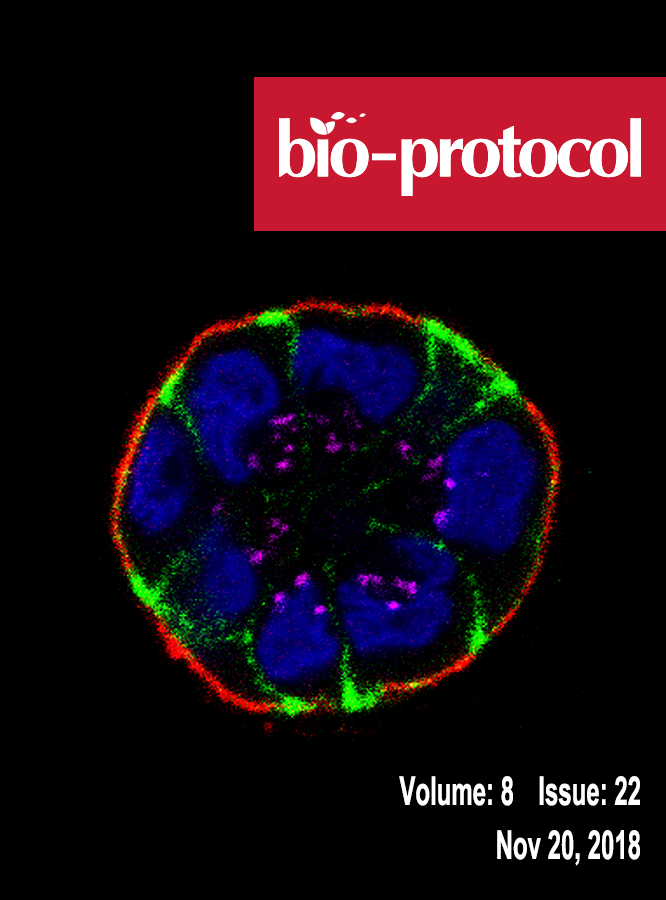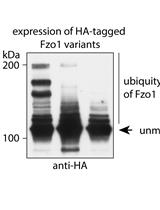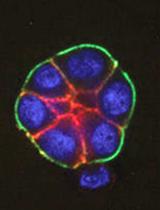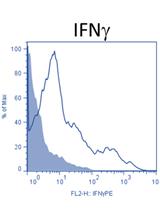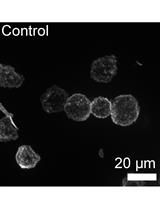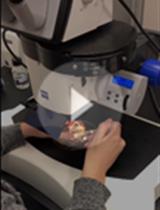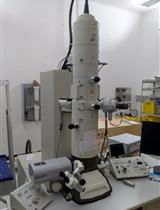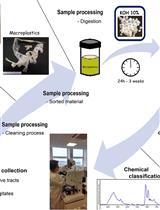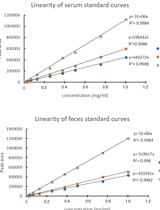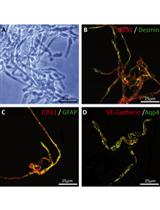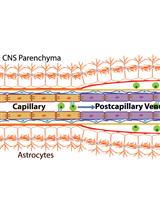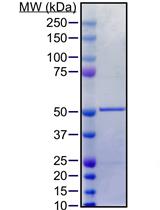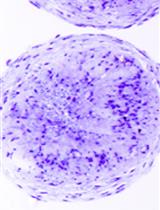往期刊物2018
卷册: 8, 期号: 22
生物化学
Separation and Visualization of Low Abundant Ubiquitylated Forms
低丰度泛素化形式蛋白的分离和可视化
癌症生物学
A Functionally Robust Phenotypic Screen that Identifies Drug Resistance-associated Genes Using 3D Cell Culture
利用3D细胞培养鉴定耐药相关基因的一种功能性稳健表型筛选
细胞生物学
In-vivo gp100-specific Cytotoxic CD8+ T Cell Killing Assay
体内gp100特异的细胞毒CD8+ T 细胞杀伤实验
Relative Quantitation of Polymerized Actin in Suspension Cells by Flow Cytometry
利用流式细胞术相对定量分析悬浮细胞中的聚合肌动蛋白
发育生物学
Mosaic Labeling and 3-Dimensional Morphological Analysis of Single Cells in the Zebrafish Left-right Organizer
斑马鱼左右组织者中单细胞的嵌合标记和3D形态分析
Electron Microscopic Detection of Proteins and Protein Complexes in Mammalian Cells Using APEX-tagged, Conditionally Stable Nanobodies
利用APEX标记的条件性稳定纳米体电子显微检测哺乳动物细胞中的蛋白和蛋白复合物
环境生物学
Microplastic Extraction from Marine Vertebrate Digestive Tracts, Regurgitates and Scats: A Protocol for Researchers from All Experience Levels
海洋脊椎动物消化道,反流物和粪便中塑料微粒的提取:一个适用于所有经验水平研究者的实验方法
微生物学
Use of Gas Chromatography to Quantify Short Chain Fatty Acids in the Serum, Colonic Luminal Content and Feces of Mice
利用气相色谱法定量分析小鼠血清、结肠管腔内容物和粪便中短链脂肪酸
神经科学
Collagenase-based Single Cell Isolation of Primary Murine Brain Endothelial Cells Using Flow Cytometry
利用流式细胞技术进行原代小鼠脑内皮细胞的基于胶原酶的单细胞分离
Papain-based Single Cell Isolation of Primary Murine Brain Endothelial Cells Using Flow Cytometry
利用流式细胞技术进行原代小鼠脑内皮细胞的基于木瓜蛋白酶的单细胞分离
Purification of Soluble Recombinant Human Tau Protein from Bacteria Using Double-tag Affinity Purification
双标签亲和纯化法从细菌中纯化人可溶重组Tau蛋白
A Modified Barnes Maze for Juvenile Rats
一种改进的用于幼年大鼠的巴恩斯迷宫
干细胞
One-step Derivation of Functional Mesenchymal Stem Cells from Human Pluripotent Stem Cells
人多能干细胞到功能性间充质干细胞的单步派生


